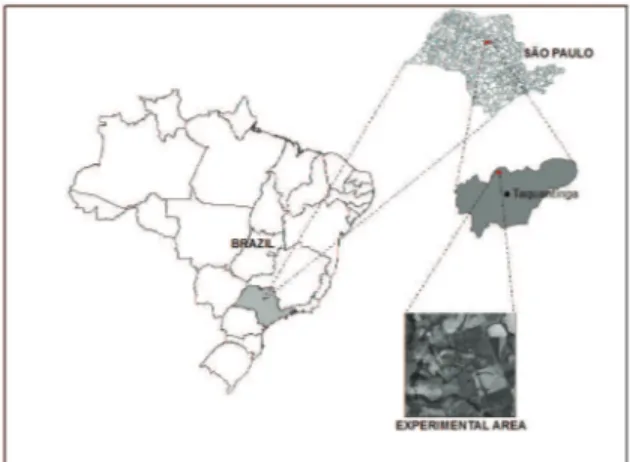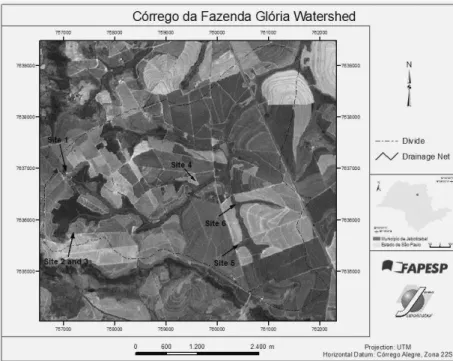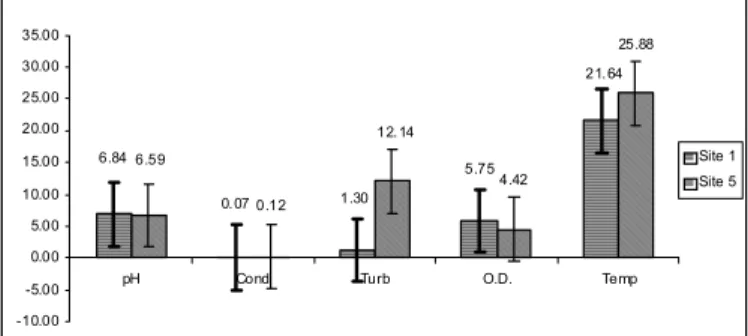Topographical characteristics and evaluating water quality in watershed management
Texto
Imagem



Documentos relacionados
Initially, only treatments with nutrients addition presented some toxicity and at final time the treatments showed different levels of toxicity independently of amendments and
The regional climactic factors were the main factors responsible for the coherence patterns in the water temperature and water colour, whereas the landscape position and
The spatial distribution of chironomids is directly related to the environmental conditions of the sites, physical and chemical characteristics of streams define the water
Cultural characteristics and production of perithecia Observations were made on the mycelial growth characteristics and formation of hyphopodia in naturally infected
To verify the influence of soil termite activity on soil characteristics, samples were collected from top, bottom and center of termite mounds, and of the adjacent area, to
Habitat integrity and sediment characteristics were largely unrelated to whole watershed land cover, but high habitat integrity and coarser sediment elements were restricted to
The precipitation, relief and soil characteristics of three different hydrographic regions of Minas Gerais State were used to evaluate the consistency of the procedure, represented
The rheological characteristics were investigated for the two polymer-modified asphalt binders applied in the field as part of the strain relief asphalt mixtures, named Binder A and